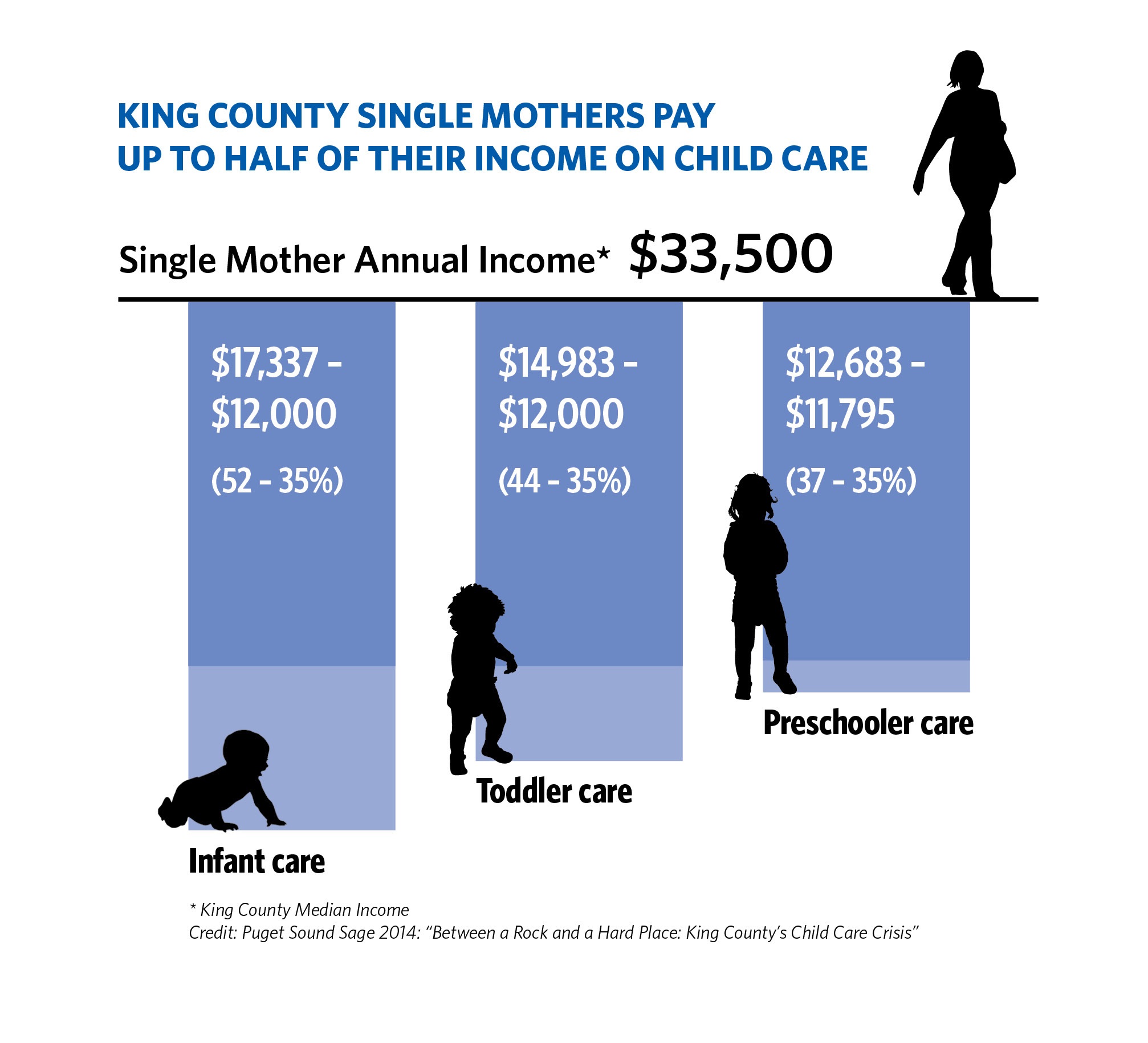By: Dimitri Groce, Community Research Fellow
As a result of climate change, our region can expect increased wildfires, extreme weather and heat waves, which will have a disproportionate impact on people of color and people with lower incomes.
Since our last post, we have advocated with leaders committed to economic and racial justice to ensure tangible benefits for people of color and people with lower incomes from the Governor’s Carbon Pollution Accountability Act (CPAA). Below, we break down exactly what the CPAA does and what it means for people with low-incomes and people of color.
First – the bill sets a limit on carbon pollution and targets big polluters in Washington State. In order to meet this limit, industries that pollute more than twenty-five thousand metric tons of carbon dioxide or more per year will bid on emission “allowances”. The amount of allowances a facility may have per auction will be capped, and the prices of the allowances will gradually increase every year until 2026. The bill prohibits free allowances ensuring that every big polluter participates in an effort to reduce our regions carbon pollution.
What’s the specific benefit for communities of color and people with lower incomes? In addition to reducing carbon pollution, the state will generate $1 billion in revenue from these auctions, which will be used to create clean energy jobs, invest in education, fund more affordable housing, and fund working families tax rebate.
Most importantly for local communities most impacted by climate change, the bill includes a provision for “hotspot” mapping that will show how the disproportional impacts of environmental degradation intersects with communities of color and communities with lower incomes. Additionally, the CPAA creates an Economic Justice and Environmental Equity advisory committee, which allows leaders who are the most impacted by pollution to monitor the CPAA and advise the Department of Ecology on how to spend revenue, creating a pathway for the solutions to climate change to be informed by and benefit the communities most impacted.







